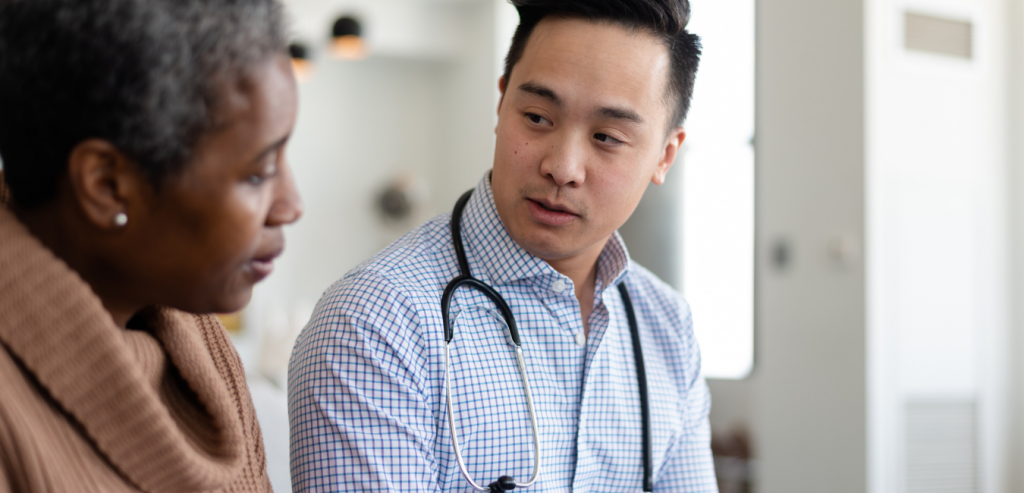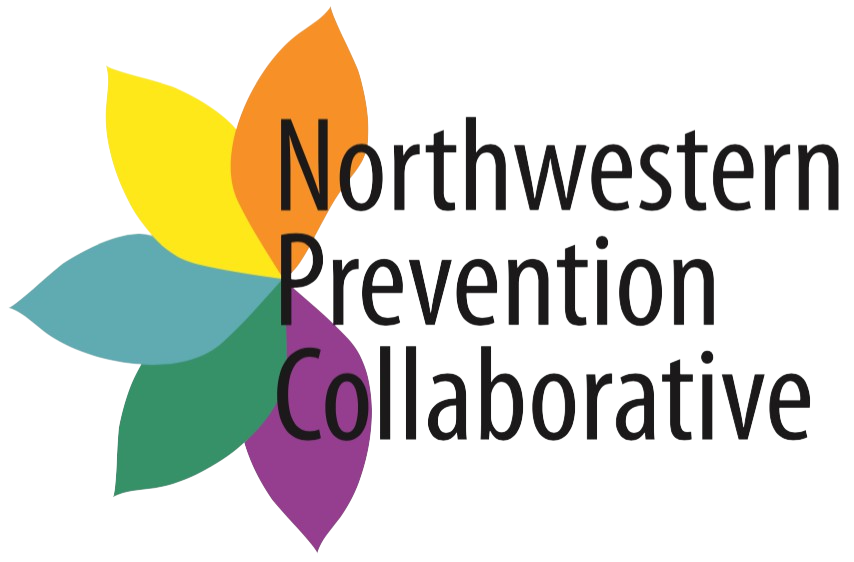Opioid Use Disorder (OUD) is an illness. Sometimes, to recover from an illness, you just need rest and time for your body to heal. But sometimes, you need medication to help your body fight the disease.
Medication-Assisted Treatment (MAT), also known as Medication for Opioid Use Disorder (MOUD), provides the tools needed to overcome OUD. It combines medication with therapy to give a person a better chance at overcoming the addiction and entering long-term recovery. The medication assists the body, while the therapy helps develop coping and healthy living skills. The ultimate goal is full recovery, regardless of how long that takes or what path is used to get there.
How MAT/MOUD Helps in Recovery
There are three primary medications used for treating OUD. To understand these medications, it is important to know a little about how opioids work.
Our brains have opioid receptors—think of them as a baseball glove. Opioids (in this case, we will consider them baseballs) attach themselves to these receptors. That triggers responses within our brains and our bodies, including pain relief. In this case, the opioid is referred to an agonist—a substance that causes a response when it combines with a receptor.

Buprenorphine
This medication suppresses and reduces cravings for opioids. As an opioid partial agonist, it mimics the effects of powerful opioids, but at a much weaker level. To continue our baseball analogy, think of it as a whiffle ball, rather than a full baseball. It is a unique medication that helps decrease the physical addiction to opioids, even easing withdrawal symptoms. Learn more on SAMHSA’s website.
Methadone
Methadone is a long-acting opioid agonist. It reduces opioid cravings and withdrawal symptoms. It also blunts the effects of opioids. While it is considered an opioid, it does not produce the “high” of other opioids. Learn more about this medication.
Naltrexone
Naltrexone is used to treat OUD as well as alcohol use disorder. It is an extended-release medication that is given through a shot that lasts 30 days, or in a pill form. Naloxone is not an opioid, it is not addictive, and it does not cause withdrawal symptoms when a person stops using it. It binds and blocks the opioid receptors, which in turns blocks the euphoric and sedative effects of opioids—and that results in suppressed opioid cravings. Learn more about naltrexone.

Choosing the Right MAT/MOUD for Your Recovery
There are many things to keep in mind as you consider MAT. Just as you need several different coaches to perfect your baseball game, you need several coaches on your MAT team. Asking for help takes courage, but a successful recovery takes teamwork. A doctor will work with you on your medication decisions. A therapist can help you add skills to your toolbox, to help build up your mental health. A support group can provide you with encouragement, understanding, and advice. There are people in your community who want to help you succeed.
It’s up to you to take the first step.
For more information:




Comments are closed.